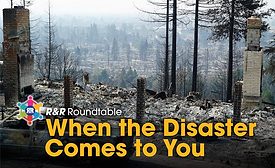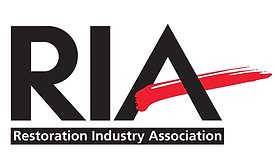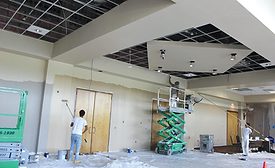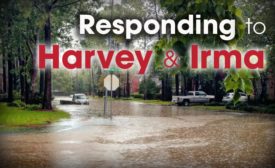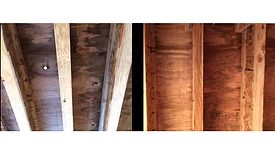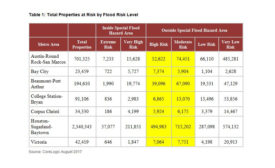Home » flood damage restoration
Articles Tagged with ''flood damage restoration''
Case Study
A First Time for Everything: Large Loss
A First Time for Everything: Large Loss
Read More
Case Study Contest: Vote for Your Favorite!
This year’s contest is sponsored by Graco!
August 10, 2017
Stay ahead of the curve with our eNewsletters.
Get the latest industry updates tailored your way.
JOIN TODAY!Copyright ©2024. All Rights Reserved BNP Media.
Design, CMS, Hosting & Web Development :: ePublishing

